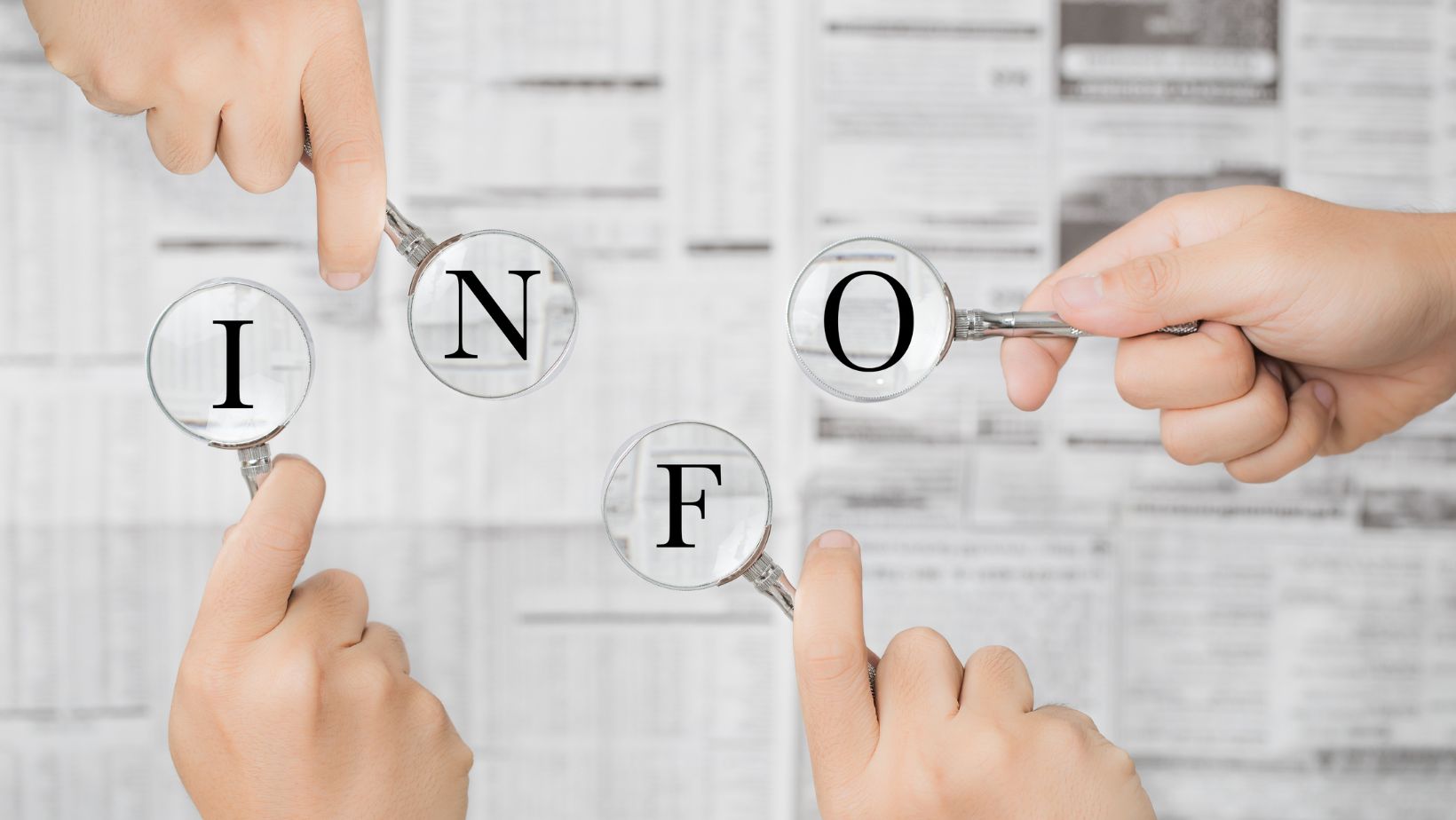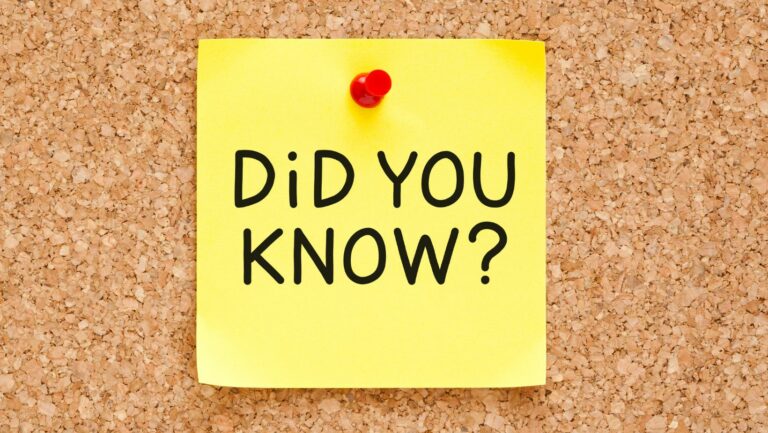Dealing with Dysfunctional Conflict in Organizations for Improved Productivity
Dysfunctional Conflict is ______ for the Organization.
Dysfunctional conflict can wreak havoc on an organization, causing disruptions, decreased productivity, and a toxic work environment. As someone who has witnessed the detrimental effects of conflict firsthand, I am here to shed light on this issue and provide insights on how to effectively address and manage it.
In this article, I’ll explore the various ways dysfunctional conflict impacts organizations and offer practical strategies to promote healthy and constructive conflict resolution. Whether you’re a manager, employee, or simply curious about the dynamics of conflict within organizations, this article will equip you with the knowledge and tools to navigate and mitigate dysfunctional conflict effectively.
Understanding Conflict
In organizations, conflicts can take on different forms depending on the nature of the disagreement. Understanding the various types of conflict can help us better navigate and resolve them. Here are some common types:
- Interpersonal Conflict: This type of conflict occurs between individuals and is typically driven by personal differences, conflicting interests, or incompatible work styles. Interpersonal conflicts can negatively impact team dynamics and create a tense work environment.
- Intrapersonal Conflict: Intrapersonal conflict refers to the internal struggles that individuals experience within themselves. It can arise from conflicting goals, values, or emotions. These conflicts can affect an individual’s job performance and overall well-being.
- Intragroup Conflict: Intragroup conflict happens within a particular team or department. It may arise due to differences in opinions, goals, or approaches to problem-solving. Intragroup conflicts can hinder collaboration, communication, and overall productivity within the team.
- Intergroup Conflict: Intergroup conflict occurs between different groups or departments within an organization. It often arises from competition for resources, power struggles, or differing priorities. Intergroup conflicts can lead to a divisive and unhealthy work environment.
By understanding the various types of conflict that can occur within an organization, we can identify the root causes and address them effectively. In the next section, we will delve deeper into the impact of dysfunctional conflict on organizations and explore strategies for healthy conflict resolution.
Dysfunctional Conflict
Dysfunctional conflict refers to a type of conflict within an organization that hinders productivity, collaboration, and overall team effectiveness. Unlike functional conflict, which can lead to positive outcomes such as innovation and growth, dysfunctional conflict is detrimental to the organization’s success. It often arises from negative emotions, miscommunication, or unmanaged differences among individuals or groups within the organization.
Characteristics of dysfunctional conflict include:
- Escalation: Dysfunctional conflict tends to escalate quickly, becoming more intense and adversarial over time. It can create a hostile environment where individuals or groups become increasingly defensive and unwilling to collaborate.
- Lack of Resolution: Unlike functional conflict, which is resolved through constructive dialogue and problem-solving, dysfunctional conflict often remains unresolved. Participants may hold grudges or sabotage each other’s efforts, leading to a breakdown in relationships and work effectiveness.
- Negative Impact: Dysfunctional conflict negatively impacts both individuals and the organization as a whole. It can result in decreased job satisfaction, increased stress levels, high employee turnover, and a decline in overall team morale.
Causes of Dysfunctional Conflict
Several factors can contribute to the emergence of dysfunctional conflict within an organization. These include:
- Poor Communication: Lack of effective communication, such as unclear expectations, misunderstanding, or misinterpretation of messages, can easily lead to conflict. When individuals are not on the same page or do not feel heard, tensions can arise.
- Power Struggles: Power imbalances between individuals or groups within an organization can lead to dysfunctional conflict. When individuals compete for resources, recognition, or decision-making authority, it can create a hostile and adversarial environment.
- Unresolved Differences: Differences in values, priorities, working styles, or personalities can fuel dysfunctional conflict. When these differences are not acknowledged or addressed, they can create tension and division within the organization.
Effects of Dysfunctional Conflict
Dysfunctional conflict can have severe implications for organizations. Some of the effects include:
- Decreased Productivity: Dysfunctional conflict diverts time and energy away from productive tasks, leading to a decrease in overall productivity. Employees spend valuable time resolving conflicts or engaging in unproductive behaviors rather than focusing on their core responsibilities.
- Negatively Impacted Decision-making: When conflict is dysfunctional, decision-making processes can be compromised. Individuals may prioritize personal agendas over the best interests of the organization, resulting in poor decision outcomes.
- Disrupted Collaboration: Dysfunctional conflict undermines collaboration by eroding trust and creating a hostile work environment. When individuals are in conflict, they are less likely to cooperate, share information, or work effectively together.
By understanding the definition, characteristics, causes, and effects of dysfunctional conflict, organizations can better identify and address conflict dynamics. This knowledge equips leaders and employees with the tools and strategies needed to navigate and mitigate dysfunctional conflict effectively, fostering a more harmonious and productive work environment.


